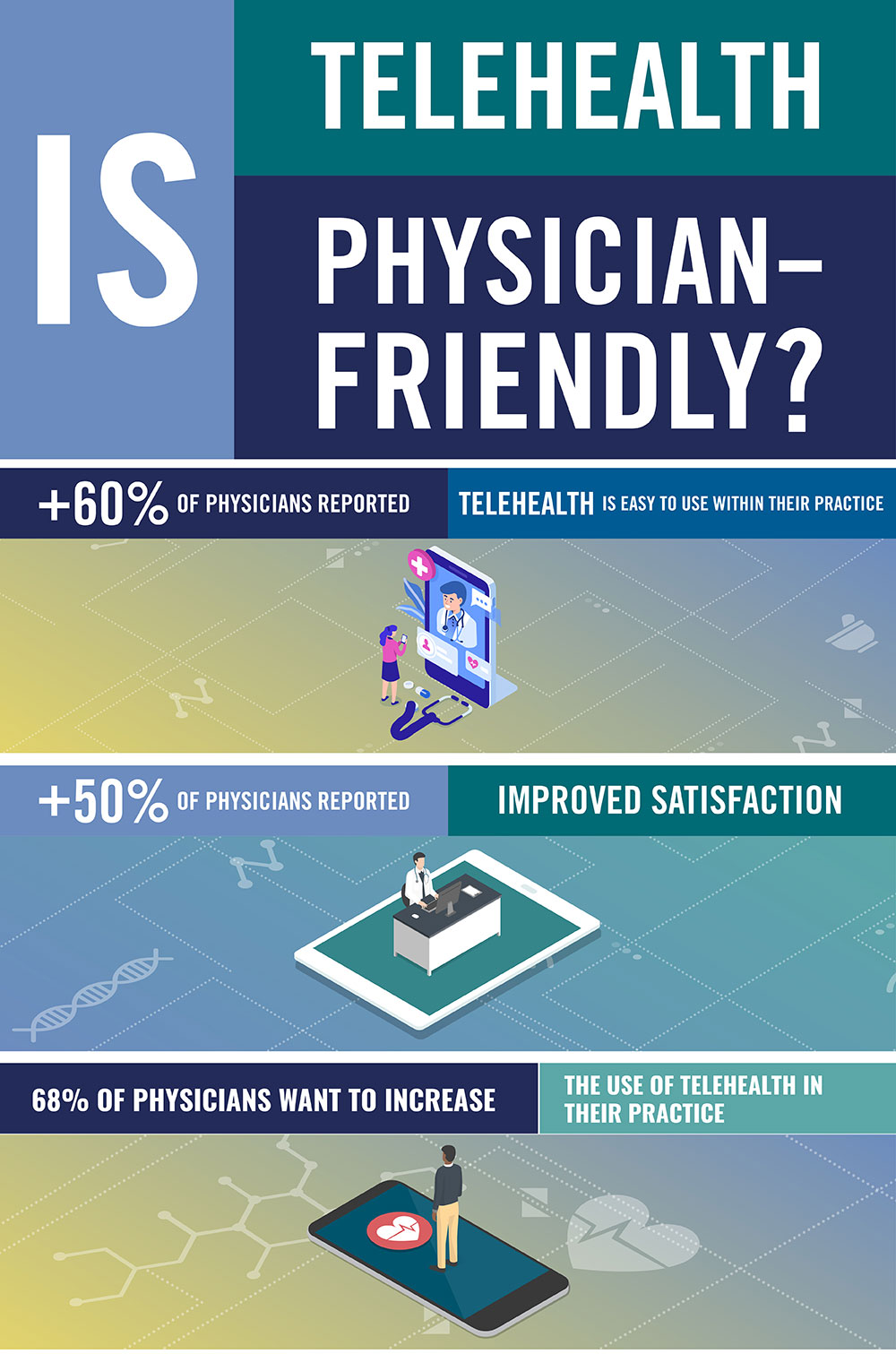
Rapid Expansion of Digital Healthcare Innovations Sets the Stage for CES® 2022
The COVID-19 pandemic has rocked the healthcare industry by accelerating the growth of many technologies and ideologies. At the Consumer Electronics Show 2022, or CES 2022, healthcare pioneers discussed everything from industry trends to digital innovations. Held in Las Vegas, this event highlights the evolution of digital health through breakthrough technologies changing the way medical professionals do business and advertise in the healthcare sphere.
We know that you have a busy schedule, so we’ve created a brief recap of CES 2022 to help you stay updated on the latest health tech trends. Read below to learn more about the CES 2022 highlights, how this information impacts your practice, and how you can use these industry updates to your advantage.

Highlights of CES 2022
With the help of new technologies and global innovators, we see a shift in public sentiment about personal and community health. Advancing technologies in the wake of COVID have shifted the view and direction of many healthcare marketing strategies to pivot toward the future. Some of the most significant developments include:
Acceptance of Digital Healthcare
The Consumer Technology Association, or CTA, has found that among consumers who used telehealth services for their mental health before the pandemic, 60% are more likely to use digital health services after the pandemic.
Prioritizing Day-to-Day Health
While some used to wait until they had an emergency room-level crisis to seek medical attention, people today are more concerned about their day-to-day health. The pandemic propelled this movement by inspiring people to pay attention to their health choices and be more proactive in maintaining good health.
Greater Social Responsibility
One of the most significant effects of the pandemic is that people feel a greater social responsibility to help improve public health. We live in a day and age of greater connectivity, and people can see the impact of their decisions on their neighbors’ health.
Increased Mindfulness of Caregivers and Those at Home
Companies have realized that digital technology can improve patient outcomes for those who feel at risk going into a physical building for appointments.
Increased Health Monitoring Through Wearables
One of the main reasons for the growth of the digital health portion at CES 2022 is patients’ increased use of wearable tech such as Fitbits.
We are entering a new age of healthcare that emphasizes remote monitoring and telehealth. Over the years, digital health has been an increasingly popular topic at the CES as personal medical technologies have become a part of consumers’ daily lives. For the first time in CES history, a healthcare executive was the keynote speaker, which tells us the tech world is taking notice of the revolution of health information technology.
Not only did the keynote speaker position go to a healthcare expert, but two hearing aid innovations were also selected as honorees for the CES Innovation Awards program. These medical devices include technology that is not only new to healthcare but also the tech world in general.
How the Rise of Digital Healthcare Impacts your Practice
Healthcare is an evolving field that blends business and consumer needs in a way that challenges healthcare providers to find innovative ways to serve their patients better. For the first time, we’re seeing people’s homes become their centers for health, and they need qualified health professionals that can be flexible and attend to their needs virtually. You have the opportunity to be at the forefront of a revolution as the healthcare ecosystem evolves and adopts virtual health, health apps, wearable devices, and more treatments.
So, what’s the next big move in healthcare? At the forward-thinking tech event, health leaders talked extensively about a gap in care in specialty care areas. Examples of specialty care areas with unmet needs include maternal care, patients with chronic diseases and conditions, and those with special needs. To better serve patients in these highly vulnerable populations, the health system needs to look at its care models and make much-needed updates.
The good news is that with the advancements in health technology and medication management, your practice can provide this care in a way that integrates with your existing workflow. Through remote monitoring and health tech, you can keep track of your patients in realtime and treat them as you would if they were coming into your office. If you integrate telehealth into your business model, you can access demographics that are currently underserved and show your existing patient base you are prepared to help them regardless of their circumstances.
Area of Opportunity – Digital Healthcare for Underserved Populations
If you want to make your practice more specialty-care friendly through health tech but don’t know how to reach these patients or let them know about your services, look no further. Through targeted marketing and messaging, you can identify your target audience and attract them to your practice. Some of the methods we use to educate patients and attract new appointments include:
Using predictive analysis to personalize the patient journey: Everyone is looking for convenience, and they’re going to choose a doctor who provides that convenience without sacrificing the quality of their care. By using the health data collected in predictive analysis, you can create more tailored campaigns to pull in new customers and better serve your current patient base.
Posting content that’s catered to the audience you want to reach: You want to position your organization as an authority in your field. The best way to do this is to post reliable content that will benefit your target audience. If you want to cater to specialty care areas, post helpful information about your services and how to take advantage of them.
While it can be challenging to keep up with every industry trend, understanding the overall evolution of technology in healthcare will help your practice continue to thrive.